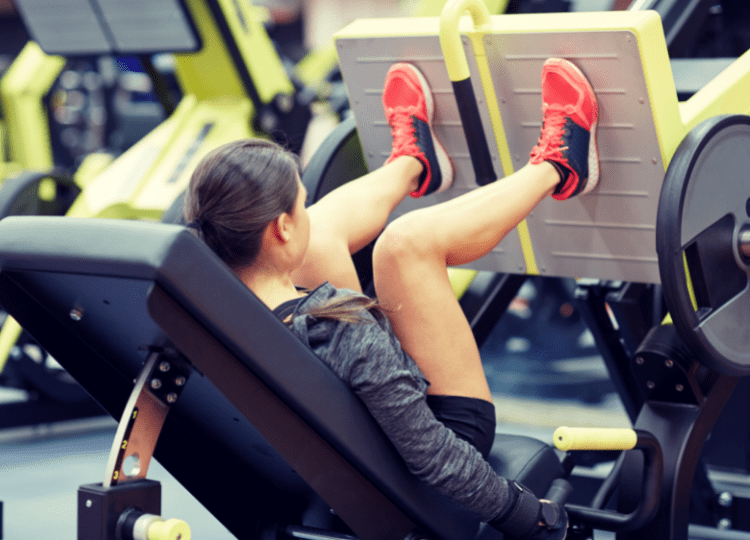Does the placement of your feet matter when using the leg press machine?
Yes, it does… and this article is designed to help provide a clear and concise overview of how to use this to your advantage when exercising in the gym.
The leg press machine is a popular and effective way to strengthen your lower body… but it’s important to understand that different foot placements will change how certain muscle groups are engaged.
The subtle difference of having your feet closer together, for example, will alter the biomechanics of how your body moves during the exercise, so depending on what muscles you want to prioritize (glutes, quads, hamstrings, etc), it’s certainly useful to learn where best to place your feet to maximize the activation of these particular muscles.
Leg Press Variations
It is worth stating that all these variations of using the leg press machine will still engage and activate the glutes, hamstrings, quads and calves… it’s just slight alterations to your foot placement when using the leg press can put more emphasis on some of these muscle groups. This may shed light onto why certain muscles aren’t growing as you’d hope for, if your leg press stance is actually not optimized for that muscle group.
At a Glance
There are 5 basic leg press foot placements to be aware of.
- Regular Stance – Place your feet shoulder width apart in the middle of the platform. Engages the quads, hamstrings, glutes and calves.
- Narrow Stance – Place your feet slightly closer together in the middle of the platform. Puts more emphasis on the quads.
- Wide Stance – Place your feet wider than shoulder width apart in the middle of the platform. Puts more emphasis on the glutes and hamstrings.
- High Stance – Place your feet shoulder width apart high up on the platform. Puts more emphasis on the glutes and hamstrings.
- Low Stance – Place your feet shoulder width apart low down on the platform. Puts more emphasis on the quads and calves.
You could also combine a narrow stance with a low stance to double down on the quads… or opt for a high stance with a wide stance to double down on the glutes and hamstrings.
It wouldn’t, however, make sense to combine the opposite combinations, i.e. high stance with a narrow stance, as these foot placements are optimized for different muscle groups.
Below, we delve into the details and provide images to help you find that sweet spot on the leg press for your specific goals.
Differences in Leg Press Machines
Leg press machines vary quite a lot from one gym to another and this might influence your foot placement opportunities. Some leg press machines only come with quite a small platform to push against, in which case, you simply may not have the luxury to opt for a high or low foot placement. Similarly, some machines offer a 45 degree angle to push against, whilst others are flat.
Best Leg Press Foot Placement for Glutes
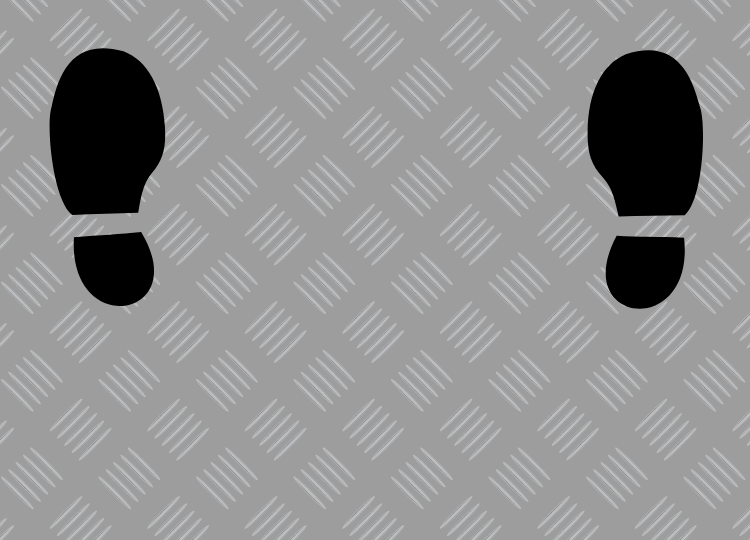
The best leg press foot placement for the glutes is going to be wide and high. You could either opt for a wide or high stance, or alternatively, opt for both a wide and high stance.
This is going to require your posterior chain to quite literally do more of the heavy lifting.
Ensure your whole foot is still on the platform though – i.e. don’t place your foot so high that it extends off the platform. This risks serious injury as your foot could slip off the platform altogether.
This high stance will increase the range of motion at your hips and reduce the range of motion at your knees.
As well as this foot placement, try and push through the heels of your feet, to generate power from your glutes (and hamstrings). You want to mentally think about this as you perform the exercise to help ensure you keep the focus on your posterior chain.
This foot position requires a good level of hip flexibility and strength too… so that might be a limiting factor if you’re struggling with a wide stance (check out our guide on the reclining pigeon pose as a great stretch to open up the hips).
Best Leg Press Foot Placement for Quads
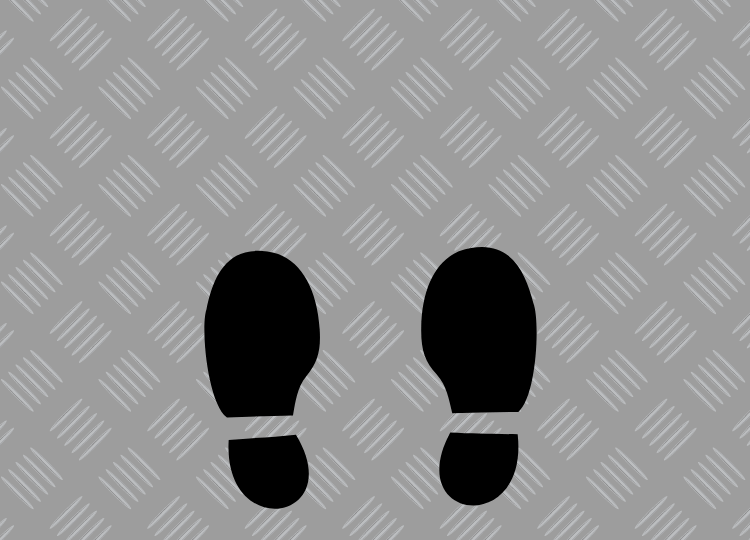
The best leg press foot placement for the quads is a narrow and low stance. This narrow and low stance will place more emphasis on your quads as you push against the platform.
A low stance will decrease the range of motion at the hips and increase the range of motion at the knees.
Interestingly, you may find you can lift much heavier weight in this stance. This is because the narrow stance will reduce the distance the weight is moved because your thighs will come into contact with your chest sooner.
Best Leg Press Foot Placement for Hamstrings
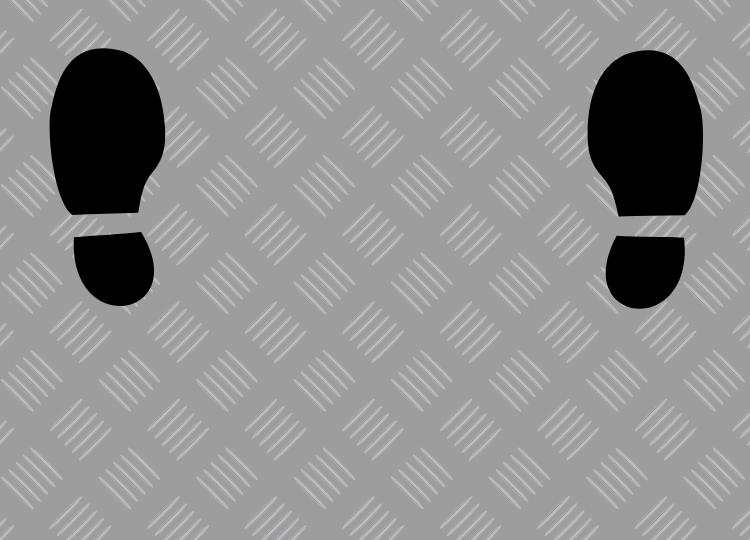
The best leg press foot placement for the hamstrings is going to be wide and high. Ultimately, this is the same as for the glutes as you’re focusing the movement on your posterior chain.
As with a lot of exercise variations, targeting the glutes and hamstrings go hand-in-hand as they work together to support movements.
This wide high stance will also create more range of motion at the hips, compared to a narrow stance, as your legs won’t get in the way as you are lowering the platform to your chest as much. This means each rep will probably take longer too.
You’ll need a good level of hip flexibility to master the wide stance variation.
Best Leg Press Foot Placement for Calves
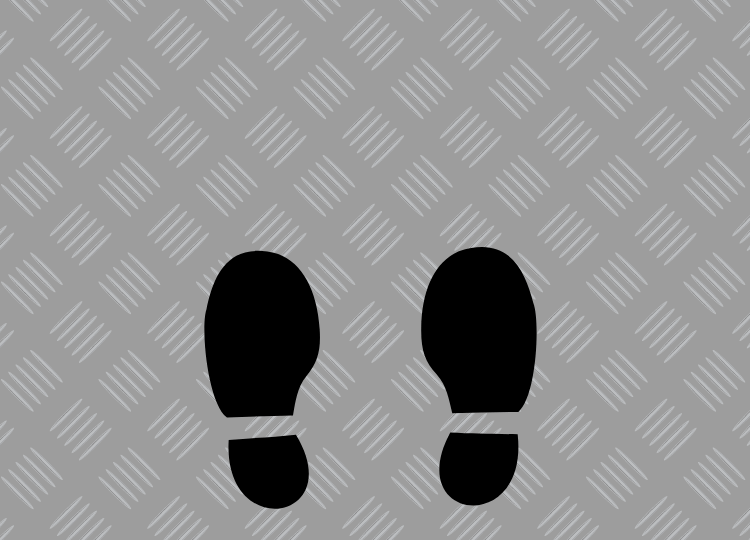
The best leg press foot placement for the calves is a low and narrow stance.
Targeting the quads and calves together pair nicely as you can push down on the balls of your feet (as opposed to the heels). This will engage the quads and calves more.
If you really want to target the calves, you may want to consider adding some calf raises to some sets. Or even doing one calf raise as your legs are fully extended.
Our recent exercise guide on squat calf raises illustrates that a small additional movement can really help challenge the calves and ensure they get activated during the workout too. This is useful if you’re short on time and don’t plan on doing any calf-specific exercises.
Best Leg Press Foot Placement for General Workouts
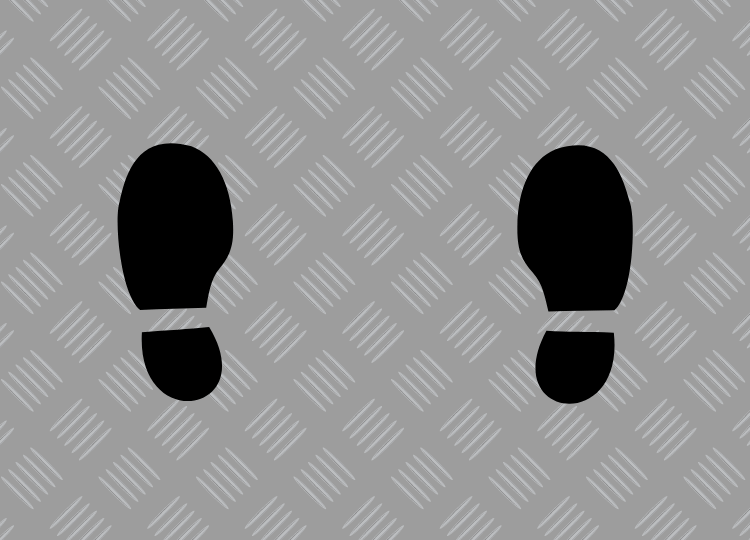
If you just want a simple but effective way to train your lower body, your best bet is to stick with the regular stance.
For this, place your feet in the middle of the platform, roughly shoulder width apart.
This will engage the quads, glutes, hamstrings and calves… and is useful if you aren’t interested in emphasizing one particular muscle group over another.
Eccentric Training with Leg Press
Another thing to consider when using the leg press is the inclusion of some eccentric sets within your workout. Eccentric training refers to the “lowering” phase of the movement (as opposed to the “concentric” phase of the movement), whereby the muscle is lengthening.
Eccentric training is actually very effective for building muscle… and it challenges your muscles in a different way (compared to just trying to load up more weight on the leg press and focus on the concentric shortening of the muscles to lift the weight.
To do an eccentric leg press, slow down the lowering phase of the movement. Using a 3 or 4 second count to lower the weight back down as your knees bend is a good starting point.
This also refers to “negative” reps, as you’ll be able to lower more weight than you can lift… so a popular option is to do a regular leg press, but at the top of the movement, lift one leg off the platform and lower it down with just a single leg. Don’t select your 1 rep max for this, and perhaps experiment with the weight until you find a challenging yet achievable middle ground.
Leg Press Posture
Regardless of your foot placement, you want to ensure correct leg press posture is maintained throughout the exercise – i.e., your back is straight against the backrest.
Leaning forward and having a rounded back can sometimes be a natural reaction when you’re struggling with heavy weight, but this could lead to unwanted pressure on your back and ultimately cause injury.
FAQs
Does Foot Placement Matter for Leg Press?
Yes, the placement of your feet does matter when using the leg press machine. Although all variations will engage the glutes, hamstrings, quads and calves, you can certainly put more emphasis on certain muscle groups by adjusting your footing.
What Muscles Does the Leg Press Machine Work?
The leg press works the quads, hamstrings, calves and glutes.
Does Pointing Your Feet Inwards Target the Outer Quads?
Many gym goers believe pointing their feet inwards during the leg press will help target the outer quads more. There is currently little scientific evidence to back this up, and this may lead to injury, especially around the knee. As a result, we’d focus on a narrow and low stance to put more emphasis on the quads in general.
Squatting Vs Leg Press
Both the weighted squat and leg press are great exercises. The squat requires more stability during the exercise and involves shifting weight a bigger distance. As a result, you’ll find you can usually lift more weight with a leg press.
A good exercise plan will include variety, so we’d recommend doing both squats and using a leg press machine (if you have one available).
Related Articles
Struggling with Hip Flexibility? Try Asian Squats
